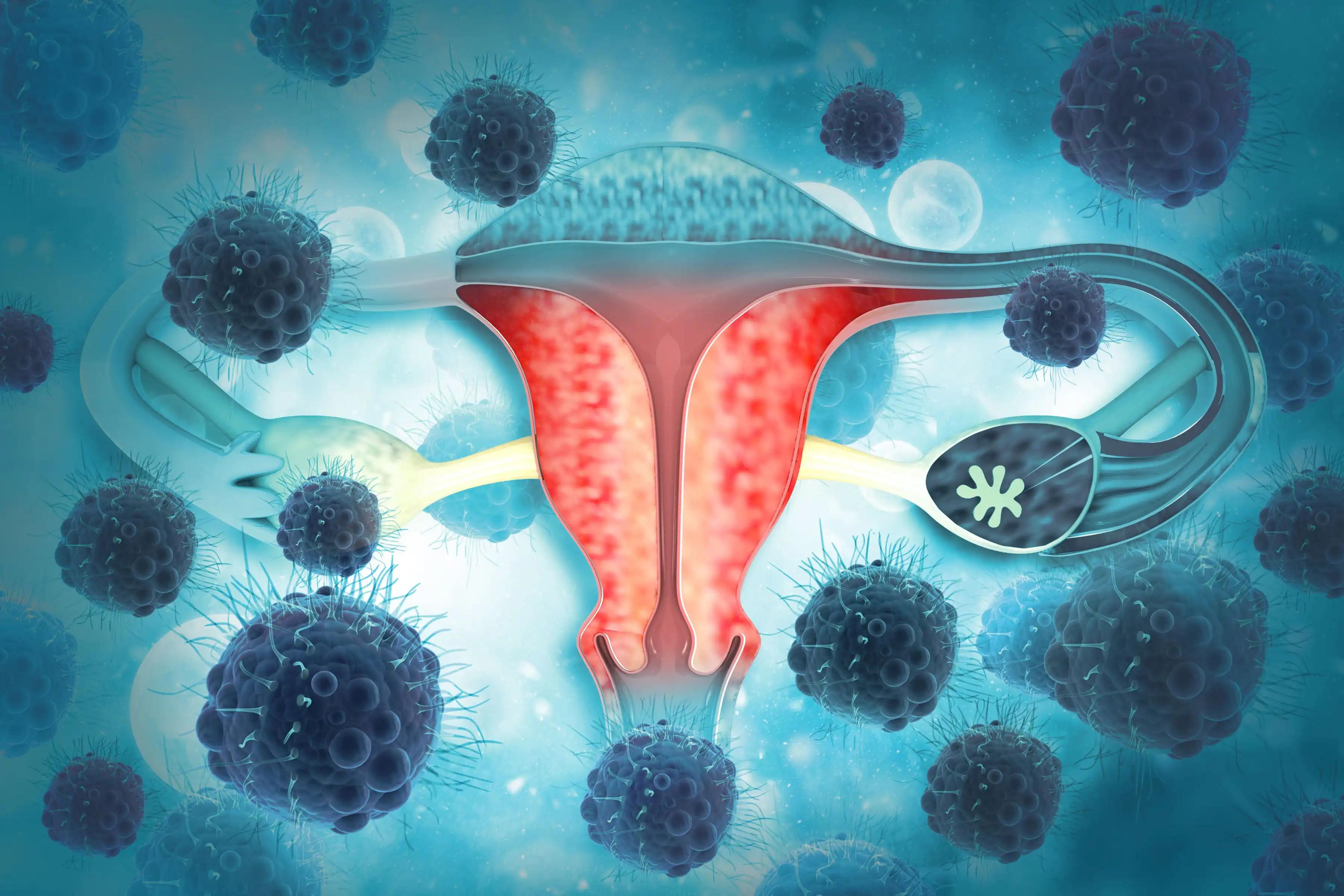KEY TAKEAWAYS
- The study aimed to evaluate long-term trends in major GC burden worldwide, stratified by social-demographic status.
- The results revealed global trends in GC mortality, influenced by diagnosis progress and socioeconomic shifts.
Yiran Liu and the team aimed to evaluate the enduring trends in the burden of 3 primary gynecologic cancers(GC) worldwide, categorized by social-demographic status from 1990 to 2019. They analyzed the mortality trends attributed to risk factors and investigated the distinct influences of age, period, and cohort across various regions.
The study gathered data on mortality, disability-adjusted life years (DALYs), and age-standardized rates (ASRs) concerning cervical cancer (CC), uterine cancer (UC), and ovarian cancer (OC) attributable to risks from 1990 to 2019, serving as measures of GC burden. They employed age-period-cohort analysis to examine trends in attributable mortality rates.
Since 1990, the number of DALYs related to CC, UC, and OC has risen globally despite a decrease in age-standardized death rates (ASDRs). Regionally, in 2019, the ASDR for CC was highest in low socio-demographic index (SDI) regions at 15.05 (95% uncertainty interval 11.92–18.46) per 100,000, while for UC and OC, it was highest in high SDI regions at 2.52 (2.32–2.64) and 5.67 (5.16–6.09) per 100,000, respectively.
The risk of death from CC due to unsafe sexual practices increased with age before stabilizing, with variations across regions. The period effect of CC deaths attributed to smoking exhibited a declining trend. Additionally, the cohort effect of UC deaths linked to high body mass index (BMI) decreased over time in each region, particularly during the early periods in middle, low-middle, and low SDI areas.
The study concluded that global trends in attributed mortality for the 3 GCs and their age, period, and cohort effects may indicate advancements in diagnosis and treatment, rapid socioeconomic changes, and shifts in lifestyle and behavior, particularly in developing regions. Prevention and control measures tailored to each country’s epidemic status are essential to mitigate future burdens, along with raising awareness of risk factors.
Funding was provided by the Natural Science Fund for Colleges and Universities in Jiangsu Province and the Outstanding Talent Research Initiation Foundation of Xuzhou Medical University.
Source: https://pubmed.ncbi.nlm.nih.gov/38764017/
Liu Y, Shi W, Mubarik S, et al. (2024). “Assessment of secular trends of three major gynecologic cancers burden and attributable risk factors from 1990 to 2019: an age period cohort analysis.” BMC Public Health. 2024 May 19;24(1):1349. doi: 10.1186/s12889-024-18858-3. PMID: 38764017.



